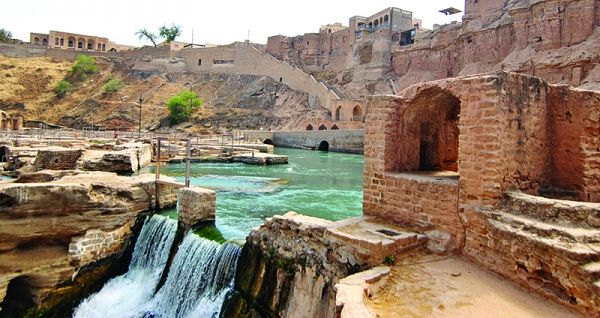Many countries in the region have exploited their available water resources and left watersheds below the sustainable level of water withdrawal. Water is extensively used in agricultural activities and the region has seen declines in precipitation over time. Adding to those constraints, the region faces issues with population growth, economic development and the effects of climate change. Collectively, these patterns indicate that many Middle Eastern countries will experience major constraints to maintaining available water resources and expanding their crop production.
To understand whether these impacts can be mitigated, a team of agricultural economists from Purdue University assessed the economic impacts of climate-change induced water scarcity and crop yields change for six Middle Eastern countries in a research report supported by World Bank Group. The analysis was conducted using an advanced version of Global Trade Analysis Project’s (GTAP) computable general equilibrium model (GTAP-BIO-W) developed at Purdue University.
“The message is clear,” says Farzad Taheripour, professor of agricultural economics and lead researcher on the report. “Unless new and transformative policies for sustainable, efficient and cooperative water management are promoted, water scarcity will negatively impact the region’s economic prospects and undermine its human and natural capital.”
Continue reading at Purdue University
Image via Purdue University


